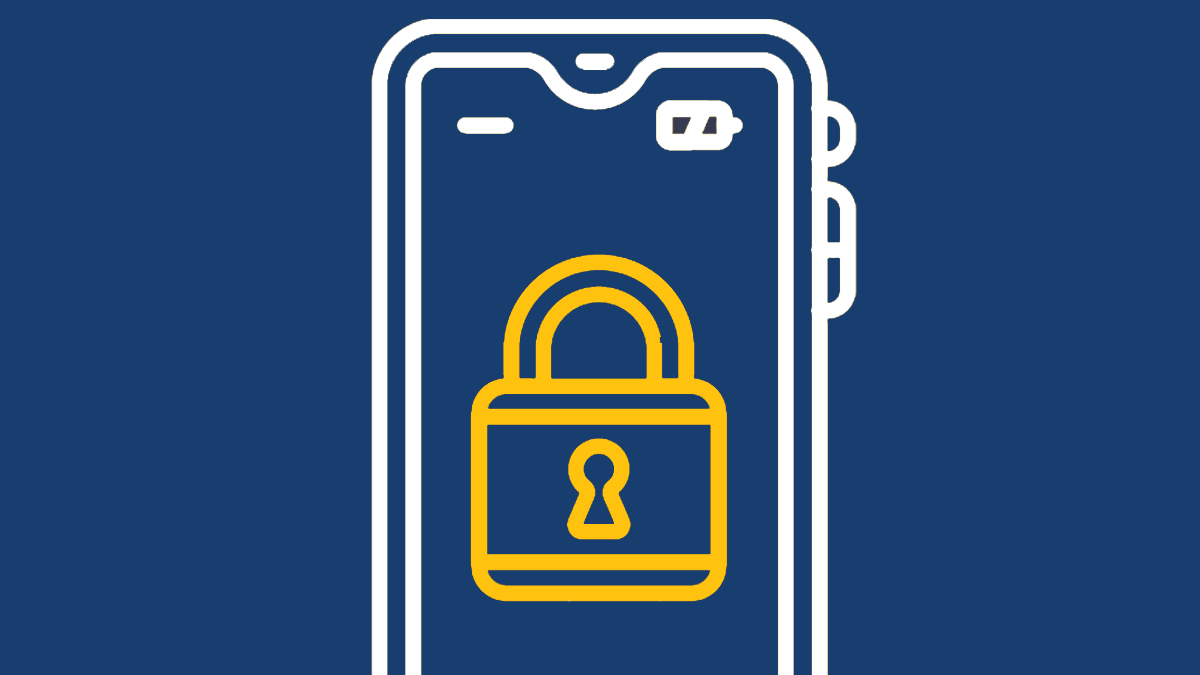The majority of Americans (77%) own a smartphone, and we use them for everything! Capturing pictures and videos, staying connected with friends and family, meeting new people, banking and shopping, organizing our schedules, etc. Smartphones have become a vital part of our everyday lives and the information we’ve saved inside them needs to be protected.
Personal information on your smartphone can be accessed physically or remotely if it were to be stolen or infected with malware. If security precautions are not in place, your banking information, pictures, and more are at risk. Furthermore, with cyber-crime and identity theft on the rise, it’s important to know how to keep your information safe.
Lock Screens
First and foremost, I hope all smartphone users are smart enough to know they need to set a lock screen. Both iOS and Androids offer different options for locking your phone. The most secure options are a PIN, password, or fingerprint. Patterns, even though they’re convenient, are the least secure option.
To set up or adjust your lock screen:
- For iOS: Settings > Touch ID & Passcode
- For Android: Settings > Security/Lock Screen Security
Locking Apps
You can add another layer of security by individually locking or logging out of your apps, especially ones that contain sensitive information like banking or emails.
To lock apps on your iOS device go to Lock Apps & Folders to select what you want to lock.
The Google Play Store has apps that allow you to set up a separate password, PIN, or fingerprint.
Antivirus Apps
Smartphones aren’t as susceptible to malware as PCs are, but with the increase in cyber-crime and security breaches both iOS and Android have experienced, an antivirus app isn’t a bad idea. Lookout and Avaria are antivirus apps available for both Android and iOS. They will scan your device to check for any issues or malware and alert you when there may be a risk.
A few things to keep in mind: you increase the vulnerability of security on your smartphone if you don’t use the official app store for your device, or if you change the system by jail breaking your device.
Public Wi-Fi
Public Wi-Fi networks are convenient, but not safe; public being the key word.
If you have other means of accessing the internet, opt for that. Public Wi-Fi networks make it relatively easy for your data to be stolen. If you do have to use it, avoid doing any banking or shopping while you’re connected to it.
Remote Tracking
In case your phone is ever lost or stolen, make sure you have a way to remotely track it. There are options for both Android and iOS phones to track your device, erase data, make it ring, and lock it remotely.
For Androids, log into your Google account to set up tracking.
On iOS, log into the iCloud from a PC or use the Find My iPhone app.
Only a very small percentage of phones that are stolen are ever returned. If your phone ever is lost or stolen you can further your chances of getting it back by downloading the Prey Anti Theft app. It’s available on both Android and iOS. It allows you to remotely take pictures (from both front and back camera) or sound an alarm even if the device is on silent.
Our network security services comes with our all inclusive managed IT services offering to ensure your end users are equip with the proper devices to ensure that your sensitive data is secure from outside cyber threats. Contact us today!

